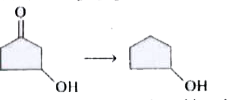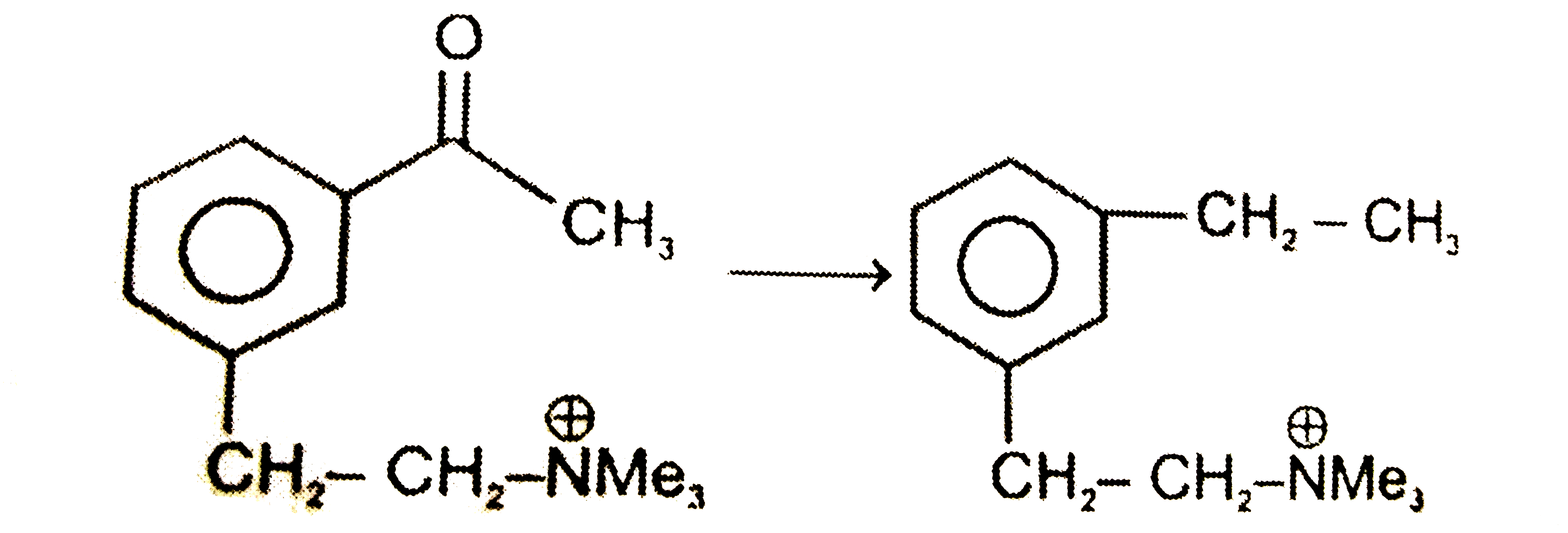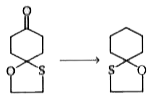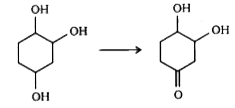DNA precipitation out of a mixture of biomolecules can be achieved by treatment with:
Isopropanol
Chilled ethanol
Methanol at room temperature
Chilled chloroform
To solve the question regarding the precipitation of DNA out of a mixture of biomolecules, we can follow these steps:
1. Understanding the Components:
- Recognize that a cell contains various biomolecules, including DNA, proteins, carbohydrates, and lipids.
2. Purpose of DNA Extraction:
- The goal is to extract DNA from the mixture of these biomolecules for further analysis or experimentation.
3. Choosing the Right Reagent:
- To precipitate DNA, we need a reagent that selectively causes DNA to come out of solution while leaving other biomolecules dissolved.
4. Analyzing the Options:
- The options given are Isopropanol, Chilled Ethanol, Methanol at room temperature, and Chilled Chloroform.
- Among these, Chilled Ethanol is commonly used for DNA precipitation because it effectively precipitates DNA while other biomolecules remain soluble.
5. Mechanism of Precipitation:
- When chilled ethanol is added to the mixture, it reduces the solubility of DNA, leading to its precipitation. The DNA can then be collected by centrifugation or filtration.
6. Conclusion:
- The correct answer to the question is Chilled Ethanol.
Final Answer:
Chilled Ethanol
- Recognize that a cell contains various biomolecules, including DNA, proteins, carbohydrates, and lipids.
- The goal is to extract DNA from the mixture of these biomolecules for further analysis or experimentation.
- To precipitate DNA, we need a reagent that selectively causes DNA to come out of solution while leaving other biomolecules dissolved.
- The options given are Isopropanol, Chilled Ethanol, Methanol at room temperature, and Chilled Chloroform.
- Among these, Chilled Ethanol is commonly used for DNA precipitation because it effectively precipitates DNA while other biomolecules remain soluble.
- When chilled ethanol is added to the mixture, it reduces the solubility of DNA, leading to its precipitation. The DNA can then be collected by centrifugation or filtration.
- The correct answer to the question is Chilled Ethanol.
Chilled Ethanol
Topper's Solved these Questions
- NEET (UG) - 2018 (Conducted by CBSE on 06-05-2018)BOOK - TRUEMEN BIOLOGY ENGLISHCHAPTER - NEET (UG) - 2018 (Conducted by CBSE on 06-05-2018)EXERCISE - MCQs
86 Videos
- NEET (UG)- 2017 (Conducted by CBSE on 07-05-2017)BOOK - TRUEMEN BIOLOGY ENGLISHCHAPTER - NEET (UG)- 2017 (Conducted by CBSE on 07-05-2017)EXERCISE - MCQs
90 Videos
Similar Questions
Knowledge Check

Above conversion can be achieved byAWolf Kisher reductionBClemmensen reductionCLiAlH4DNaBH4
Above conversion can be achieved by :AWolf-Kishner reductionBClemmensen reductionCLiAlH4DNaBH4
Above conversion can be achieved by :AWolf-Kishner reductionBClemmensen reductionCHS−CH2−CH2−SH2 following by Raney NiDNone of these




 this conversion can be achieved by
this conversion can be achieved by  , This conversion can be achieved by :
, This conversion can be achieved by :  , This conversion can be achieved by :
, This conversion can be achieved by :